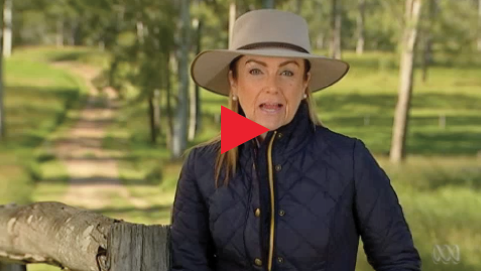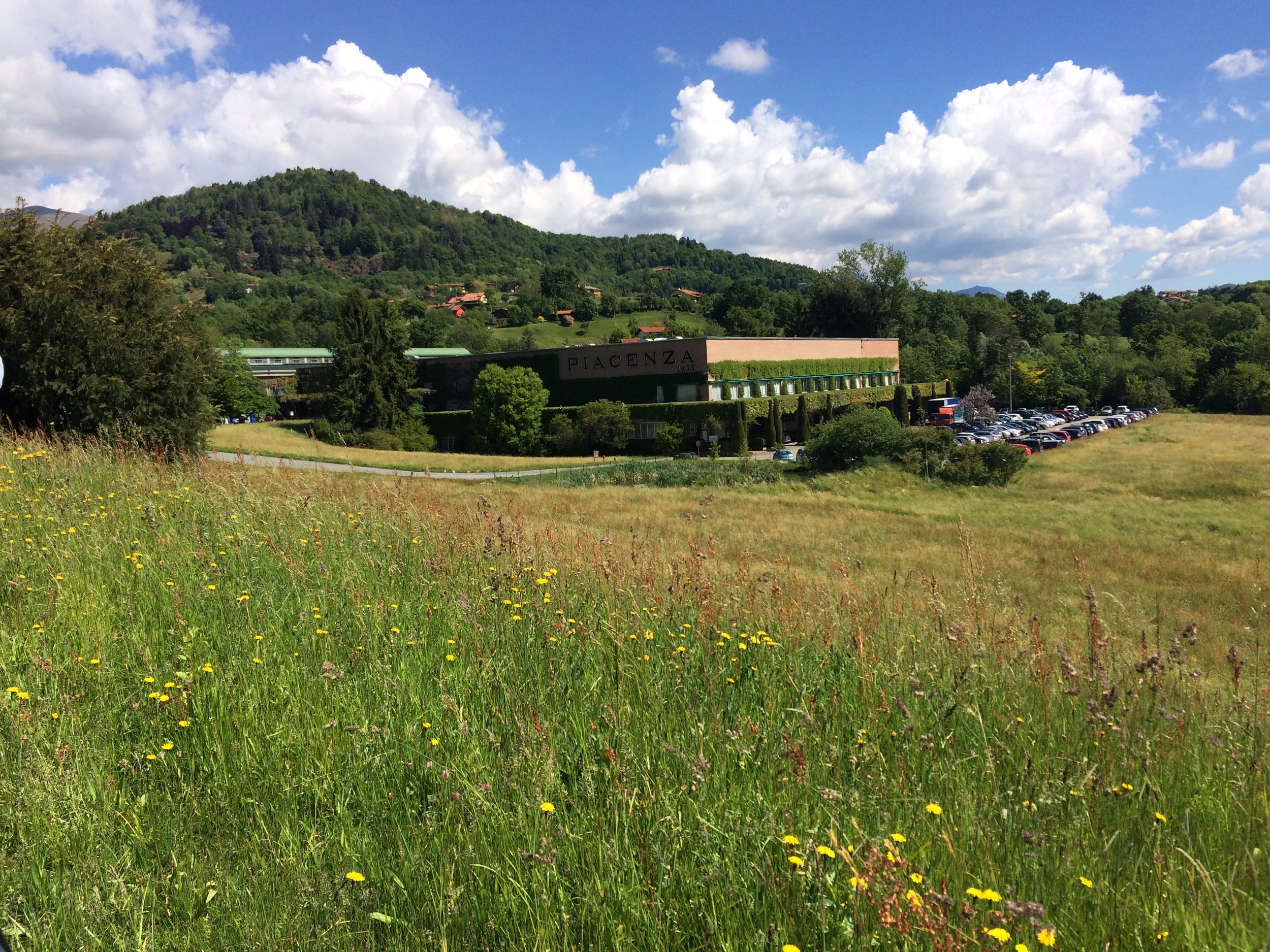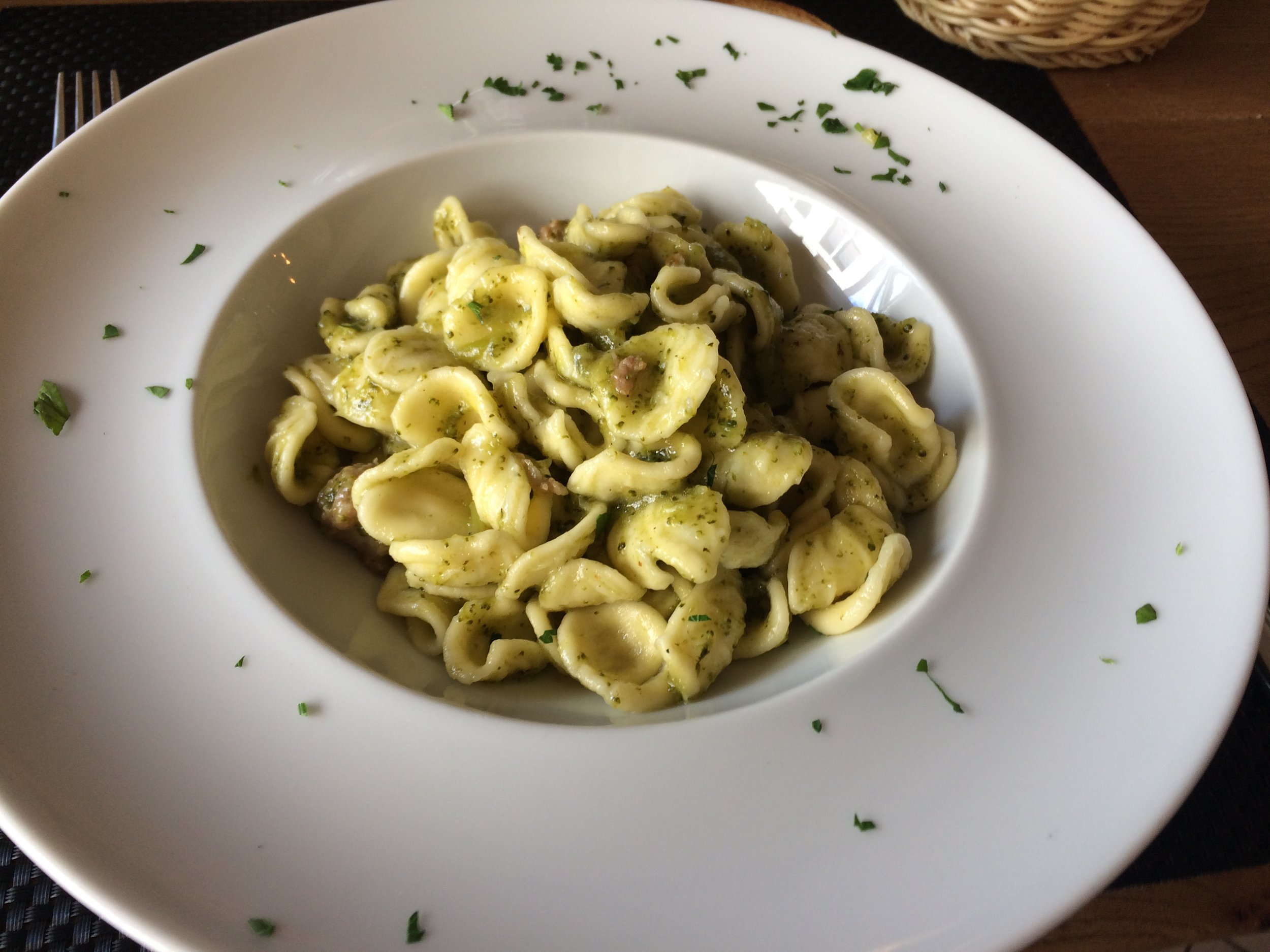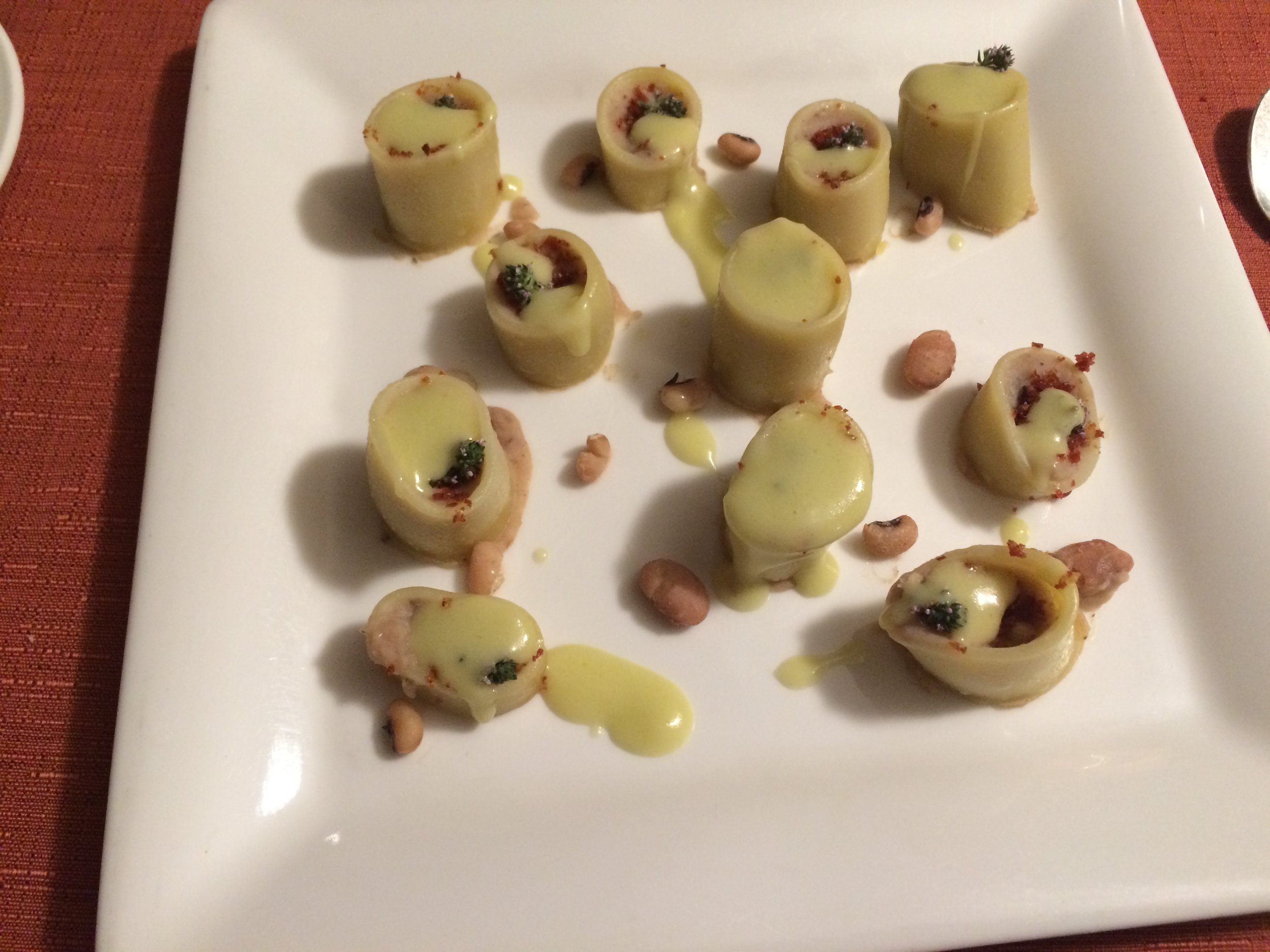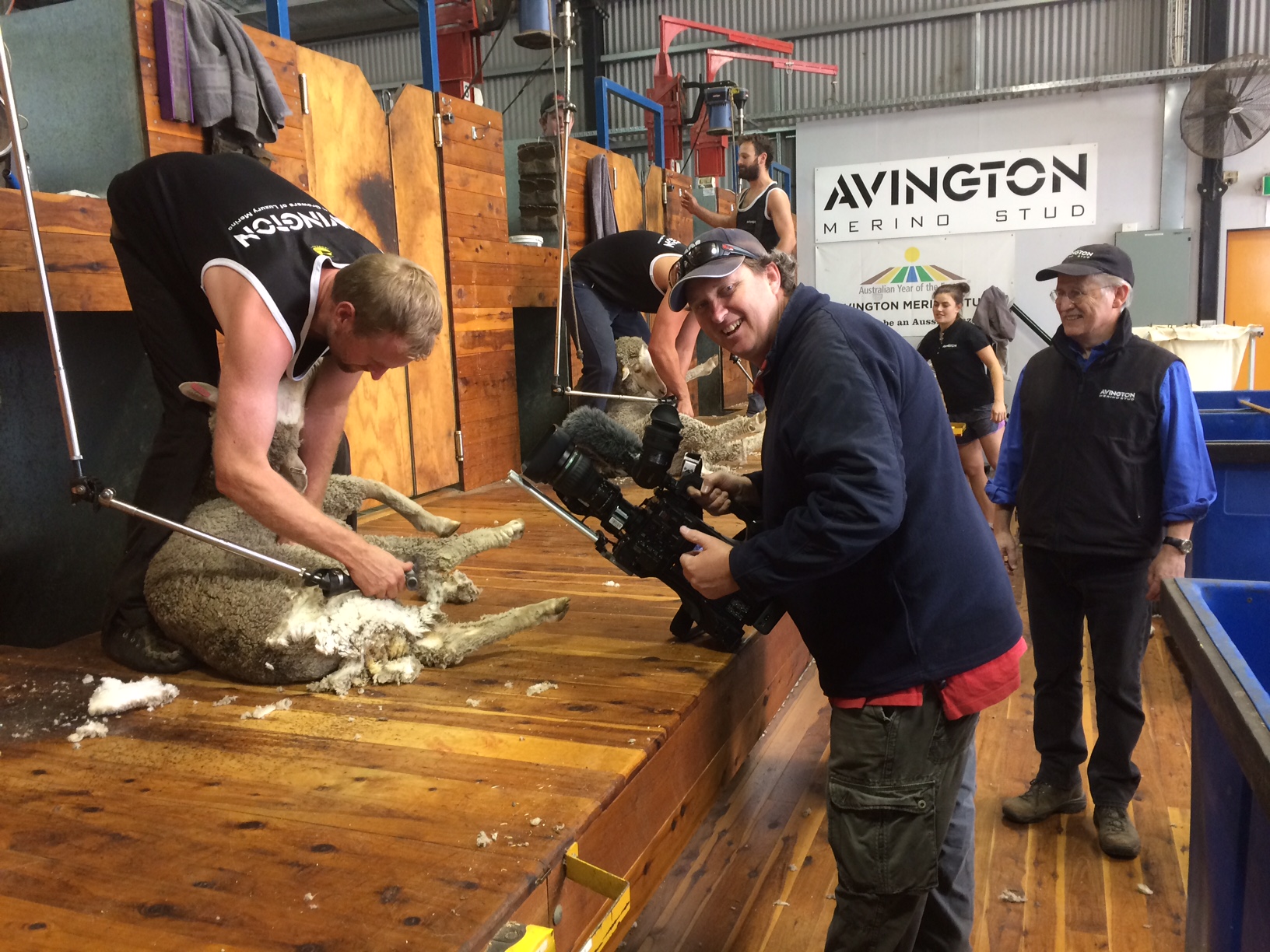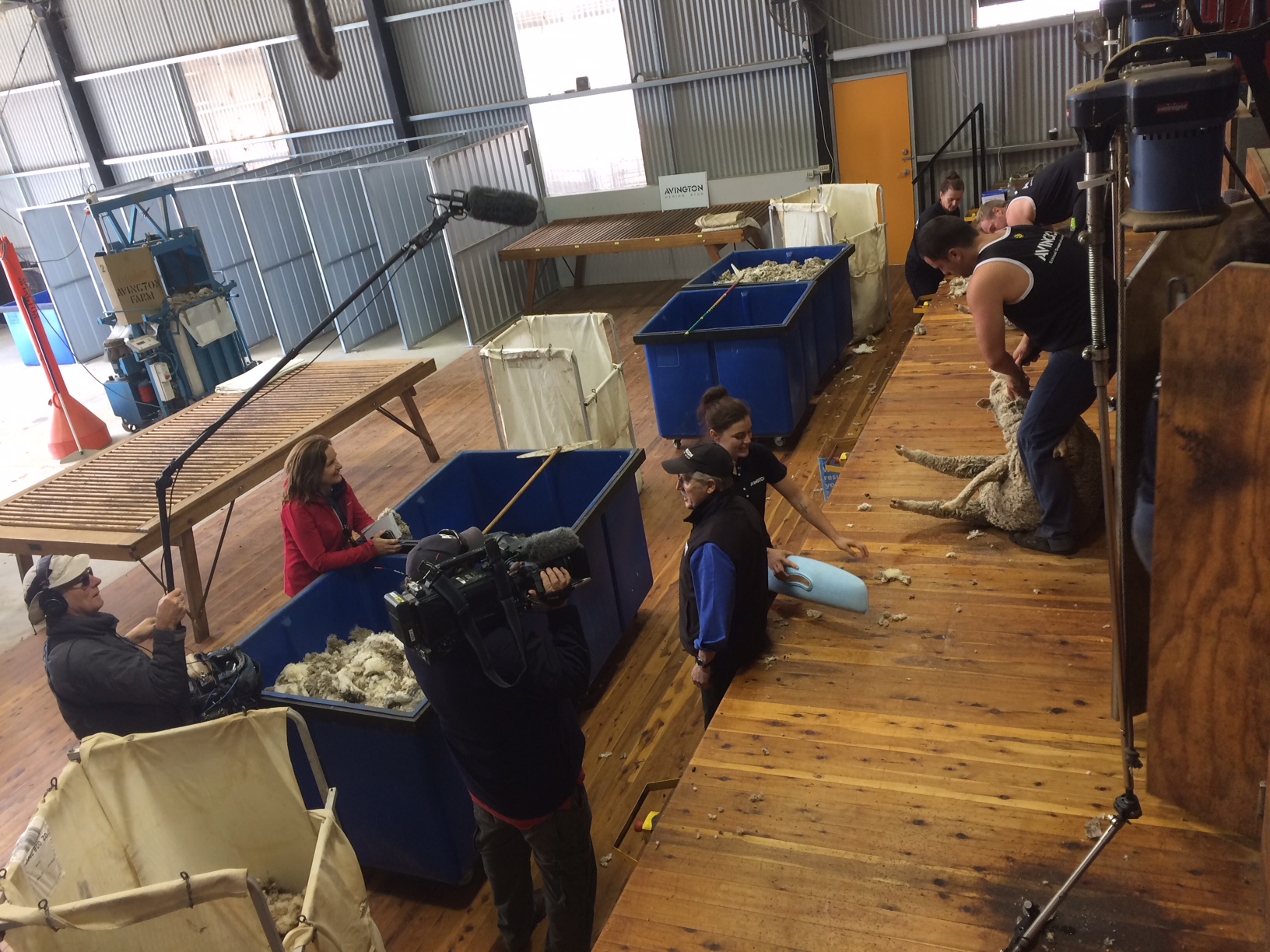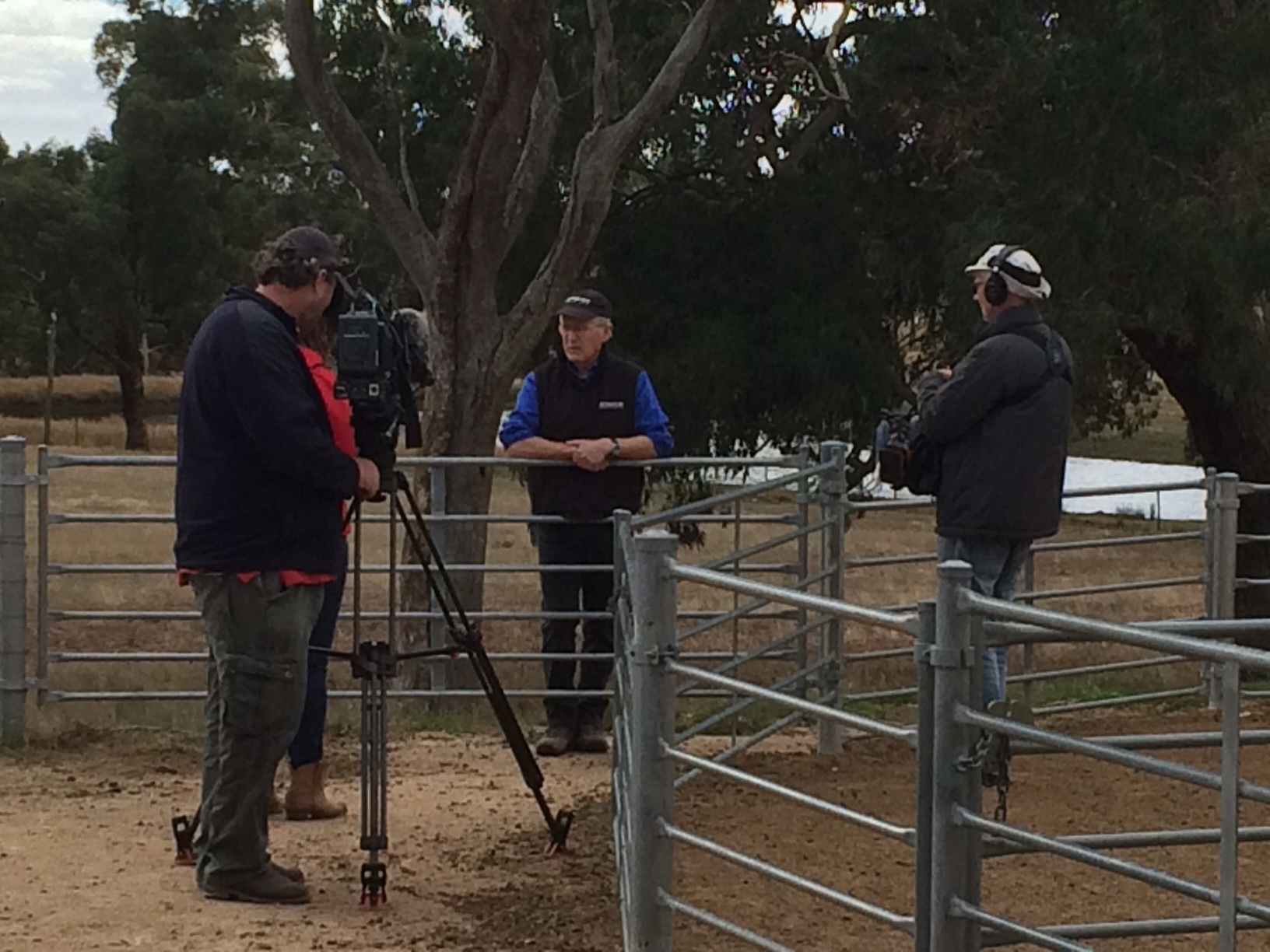Trip to Biella, Italy
/Avington Merino Principal, Noel Henderson, recently visited Biella in Italy. Located in the north-west of the country at the foothills of the Alps, Biella is an important wool processing and textile centre, having been the home of Italian wool processing for hundreds of years. Steeped in history, there are many old buildings and mills scattered throughout the surrounding area, one of the mills Noel visited dated back to 1663.
During his visit Noel gained valuable information and feedback on wool processing. He visited a number of combing mills to see raw wool being processed into tops, and went to spinning and weaving mills to watch the tops being converted into high quality cloth.
Noel discussed the demand for Australian wool and any problems they have encountered in Australian wool quality with the mills, and a number of key fashion brands, in an effort to improve wool quality and production at Avington.
The issues reported were consistent including; mulesing, supply, current wool prices, quality of clip preparation, wool strength (which directly relates to high speed processing) and how the Responsible Wool Standard will be accepted by Australian wool growers.
Noel also recognised the high level of commitment to the environment, observing the extensive use of solar panels, water recycling and cogeneration.
The high standard of quality control during processing was also evident, highlighting the level of focus the industry has in Biella, resulting in the producion of beautiful fabrics. In one mill Noel observed 52 different stages of quality checks.
This attention to detail was evident throughout the town. The food and wine Noel shared with his generous local hostswas also a highlight of his trip.
L-R The Piacenza Mill at Biella, circa 1733, The food and wine didn’t disappoint! Some of the sumptuous dishes which Noel sampled, the handmade pasta was the hero.
Lambing Season
/Lambing season at Avington is a wonderful and thoroughly exhausting time of the year. Milder weather with little wind and rain saw over 4000 lambs born.
Victoria’s Avington Merinos is Australia’s first Responsible Wool Standard farm
/By Terry Sim, 15 May 2017
AUSTRALIA’S first wool-growing properties have been certified under the international sheep and wool welfare program, the Responsible Wool Standard. The first property to gain farm certification under the standard is the north-east Victorian operation Avington at Sidonia, owned by Noel and Lyndsay Henderson.
Read the full story here.
Sheep at Avington enjoy ethical farming practises and are not mulsed.
Hard fought’ competition at Natimuk
/Avington Merino’s Jillaroo Amy Carpenter competed at Natimuk and featured in this story on ‘Mailtimes’:
JAMIE-LEE OLDFIELD, The Weekly Times
February 2, 2017
MORE THAN 30 competitors showed off their shearing skills at the annual Natimuk shearing and wool-handling competition on Saturday.
The competition is part of the Natimuk Agricultural and Pastoral Society Show.
Competition founder Michael Sudholz said it was a hard-fought competition.
Evo Hennessy won first place in the open section, while Jack Margetts won the novice section.
“We had a good roll up of competitors again with more than 30 shearers and rouseabouts,” Mr Sudholz said.
“We had more people in the open section this year, more than last year.”
Mr Sudholz said the competition was a good change for younger shearers to get some experience.
“The novice shearers had a keen interest in the experienced shearers,” he said.
“They were able to watch how they do things, how they hold their handpieces and the sheep and where they land their blows.
“Then they were able to have a chat to them afterwards.
“The winner received a $700 handpiece so its a good start for them.”
Mr Sudholz said it was good to see the competition going strong each year.
“It’s great to have the support and we hope it keeps going,” he said.
“A lot of work goes into organising it and pulling together volunteers, prizes and sheep.”
Amy Carpenter from Hamilton competing in the novice wool-handing competition at the Natimuk Show.
Landline’ films at Avington
/ABC’S ‘Landline’ program recently filmed at Avington for a program on Australian wool prices, we will be excited to share the story with you and will post the link as soon as it goes to air. Meanwhile here are some photos from behind the scenes...
Australian Superfine Woolgrowers’ Association (ASWGA) website
/ASWGA recently launched its new-look website this month, with the assistance of Noel Henderson from Avington.
ASWGA is an international association of superfine wool growers and processors founded to promote and further the development and marketing of superfine wool. Founded when many people failed to recognise the importance of superfine wool, the organisation represents in particular the Australian superfine wool growers’ as well as the most famous and prestigious international processors and manufacturers.
The new website will be easier to navigate through, and contains information for growers and industry members.
You can view the website here.
Suket Dhir, rising superstar men’s wear designer, from Delhi to Avington
/Born in Banga, India, Suket describes himself as a former ‘slacker’ who once sold mobile phones for AT & T. He now lives in New Delhi and was last year awarded the prestigious prize of fashion, the International Woolmark Prize, an award that has also gone to Karl Lagerfeld and Yves Saint Laurent. Vogue.com has described him as “global fashion superstar in the making”
Since winning the prize, he has worked on producing a collection, the first to be sold outside India, to department stores in Tokyo; Sydney, Australia; Seoul, South Korea; and New York.
Mr. Dhir’s garments are unique and contemporary Indian designs which rely on ancient techniques.
He focuses on the fabrics and materials in his designs; tie-and-dyed ikat yarn, hand-block printing, spinning and weaving methods, all giving the wool a silk-like texture.
Experiencing shearing at Avington: Noel Henderson, Svetlana Dhir, Suket Dhir, Frank Bates (Avington wool classer).
Avington hosted Mr. Dhir as part of a worldwide tour he embarked on after winning the International Woolmark Prize, one of the many rewards for his accolade, so he could gain a first-hand insight into the wool production process which is simply not an option in India because Australia remains the major exporter of Superfine and Ultrafine merino wool.
Suket’s visit coincided with our main shearing, where we observed the traceability process for wool that Avington has developed.
Sumika Sato visits Avington
/Hands-on learning: Nathan Anderson, Sumika Sato, Elise Walker, Amy Carpenter, Kyle Cordy and Kirstie Anderson take Sumiko through the wool production process at Avington.
Avington was proud to host Sumika, who visited during February to find out about how our superfine Merino wool is produced, following in her brother’s footsteps who also visited the farm 2 years ago. Sumiko is the daughter of Masaki Sato, who heads up the family business – Sato Seni wool processing and manufacturing – based in Yamagata, Japan.
Their fashion label M + Kyoto utilises Australian superfine merino wool in the making of their garments, and Avington is proud to be their exclusive supplier of superfine wool. The visit was a valuable education tool for Sumika, helping her gain an in-depth understanding of the wool production process, from the paddock to final export to Japan.
Fine wool market: Price premiums now present over broader microns
/JAMIE-LEE OLDFIELD, The Weekly Times
February 2, 2017
SUPERFINE wool has flourished on the market so far this year, achieving a price premium over broader microns.
The extra work needed to produce wool on the finer end has not been rewarded by better returns for a number of years, but the gap is now starting to widen again.
Last week, the 17 micron indicator in the south finished 250c/kg above the 19 micron indicator.
The sheep flock at Avington Merino stud, via Kyneton, averages 15.8 micron, with fleeces ranging from 12 to 18 micron.
About 20 per cent their annual clip, 62 bales averaging 16.5 micron, sold at the Australian Wool Exchange in Melbourne recently, and averaged $2640 a bale.
Principal Noel Henderson said this price was at least 20 per cent up on the previous year.
“A third of the clip went before Christmas, and this price was up about 10 per cent again on that, and we’ve got the top end of our clip going into the market in the next few weeks,” he said.
“Selling over a number of weeks is a way of testing the market, making sure that if it is a rising market that we have our best wool on hand to capitalise on market conditions.
“At the moment the brokers advise the market is going to keep going at this rate and that it relates to a lack of supply with the finer wool.
“We’ve seen the end of a long-running drought on the east coast, and that brought about a lot of fineness in wool that wasn’t genetic and now starting to see with the terrific year we have just had where peoples micron really sit, and there is a lot less finer wool than predicted and it is pushing the prices up.”
Mr Henderson said the premium for finer wool over broader microns was long overdue.
Happy days: Kirstie Anderson, from Avington Merino stud, with agent Ron Creek, Australian Wool Network, and children Georgie, 8, and Jack 10, at Melbourne, where the family offered superfine wool for sale. Picture: Jamie-Lee Oldfield
“Certainly where there has been very little difference for the past five years or so, that doesn’t make any sense at all, good to see premiums coming for the finer wools which take a bit more care and time in production,” he said.
“It is rewarding growers that have focused on the finer end of the market.
“I don’t think the supply will increase, because so many people have left the finer end and either gone into broader wool or focused more on crossbreeds that are a meat sheep.”
The good season has also boosted the amount of wool produced at Avington, with the flock averaging 4.6kg.
“We’ve also had a particularly good season and that has resulted in our wool cut being better than it has for a number of years as well because of better feed for sheep,” Mr Henderson said.


